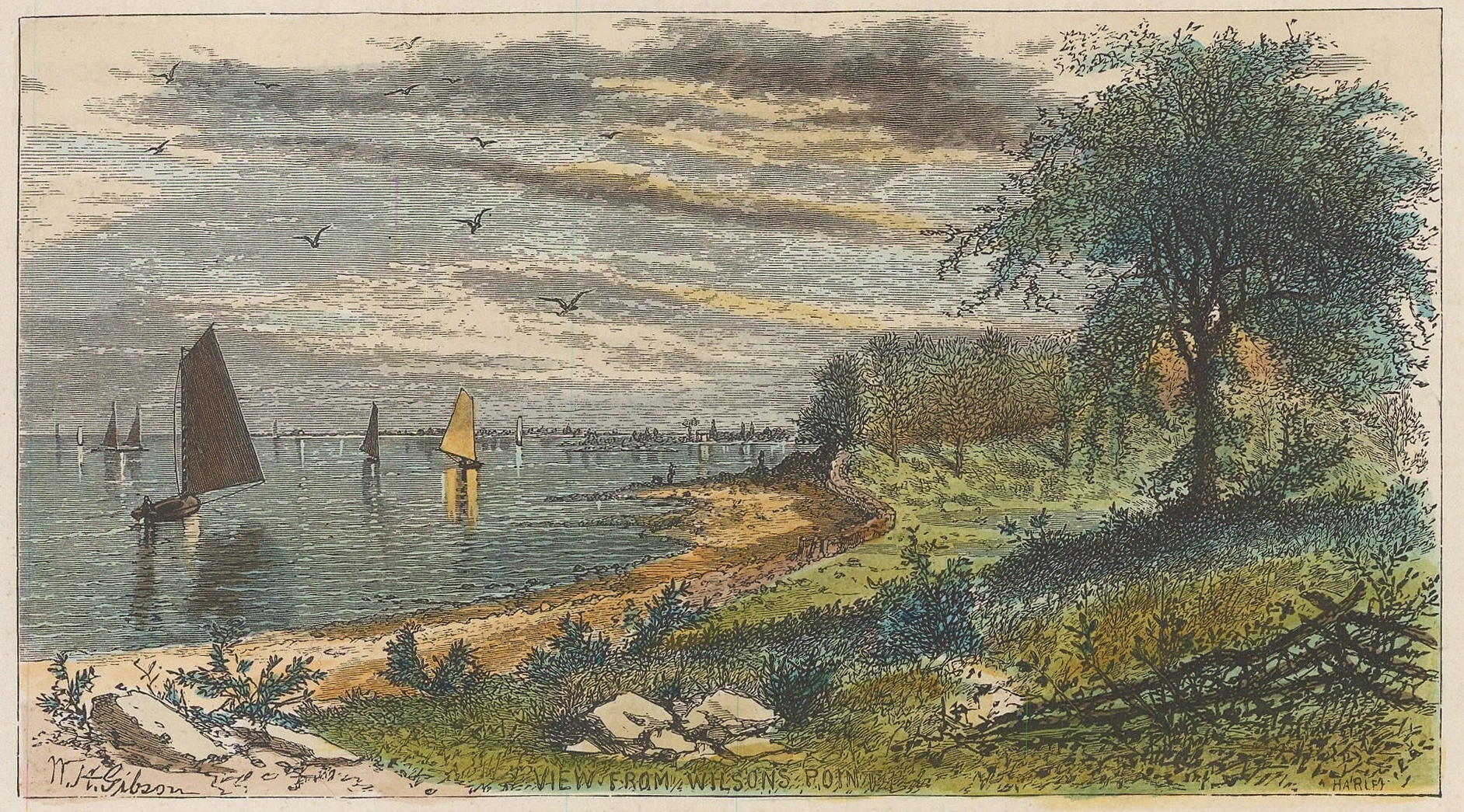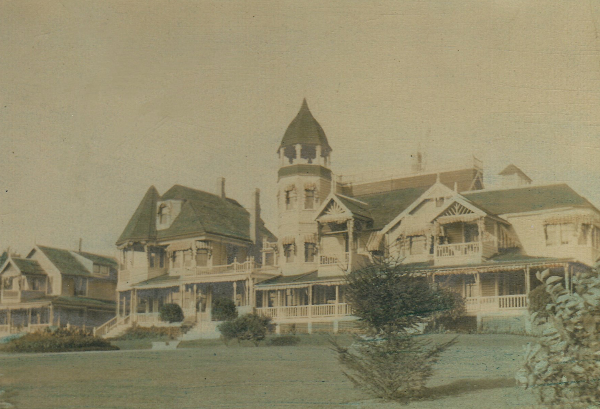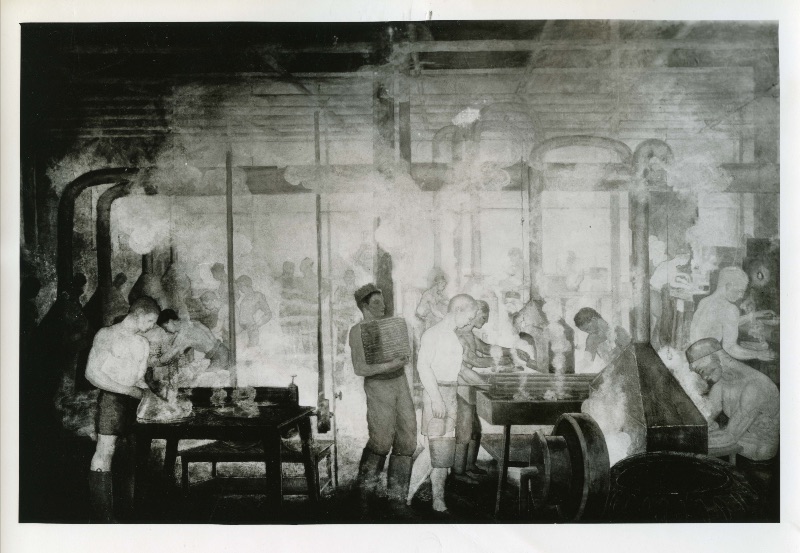Wilson Point, located in South Norwalk, Connecticut, is a peninsula with a rich history that spans from Native American habitation to its current status as a private residential community.
Early Inhabitants and Colonial Era
Before European settlement, the area now known as Wilson Point was inhabited by the Naramake tribe, a clan of the Mohegan people. The village, also called Naramake, was situated at what was then known as Belden’s or Wilson’s Point. In 1640, Daniel Patrick purchased the land from the Naramake Indians, marking the beginning of European ownership in the area.
19th Century Developments
In 1837, Lewis O. Wilson, a wealthy New York City businessman, acquired the entire property, partly through his marriage to Harriet Belden in 1825. The area was subsequently named Wilson Point in his honor. Facing financial difficulties in 1879, Wilson sold some of the land to Lunette Burchard. In 1882, the Housatonic Railroad Company obtained land along Wilson Cove and established a freight and ferry terminal. This terminal operated until a fire destroyed the complex in 1899. The line ran past Wilson Point and ended at Roton Point. This was later taken over by the New Haven line in the early 1890’s and was operated until a fire destroyed the complex in 1899. During World War I the US Emergency Fleet Corporation used the location as a naval storage base.

Lewis O. Wilson was a textile business man from NYC who married Harriet Belden in 1825 and thus became part owner of Belden’s Neck. By 1837 Wilson would own all 240 acres of Belden’s Neck and and that’s about when it became know as Wilson’s Point. In 1856, Wilson gave a portion of the northern point property to his son Oliver to be divided equally among him and his four brothers. Fortunes were made and lost during these times and by 1879 Wilson remaining property was foreclosed on and sold to Lunette Burchard.
20th Century and Community Formation
The 1920s saw significant development in Wilson Point. Excavations during this period unearthed burial grounds of the Naramake tribe, dating back to the 1600s. In 1929, the Wilson Point Property Owners’ Association was incorporated, formalizing the community’s organization. Despite the economic challenges of the Great Depression, development continued, with new homes being constructed and the establishment of community amenities.
Even during the Great Depression, new homes went up. Soon the Point’s old Knob Club was razed for a new house at the site. The Nash family moved into a new home in 1934, and on the shoreline near Wilson Point’s back gate, the Lyons built a weathered-shingle house overlooking the marshlands. A red brick home, a white brick home, and an English-style home with a two-story vaulted living room all went up. Many of those homes still stand today.
The guard house we see today at the entrance owes its existence to the kidnapping and murder of the Lindbergh baby. With the security concern, the association hired guards at first and sometime in the 1940s, the association eventually constructed the guardhouse.
Modern Era
Today, Wilson Point is a private, gated residential community encompassing approximately 150 acres. It features around 80 homes, ranging from preserved 1700s structures to contemporary properties. Residents enjoy exclusive amenities, including a private beach club with a clubhouse, tennis courts, and a sandy beach with a swim dock and kayak storage. The community is also home to the Norwalk Yacht Club, which offers sailing programs and various nautical activities.
Throughout its history, Wilson Point has evolved from a Native American settlement to a bustling transportation hub, and finally into a serene residential enclave, reflecting the broader historical trends of the Norwalk area.



